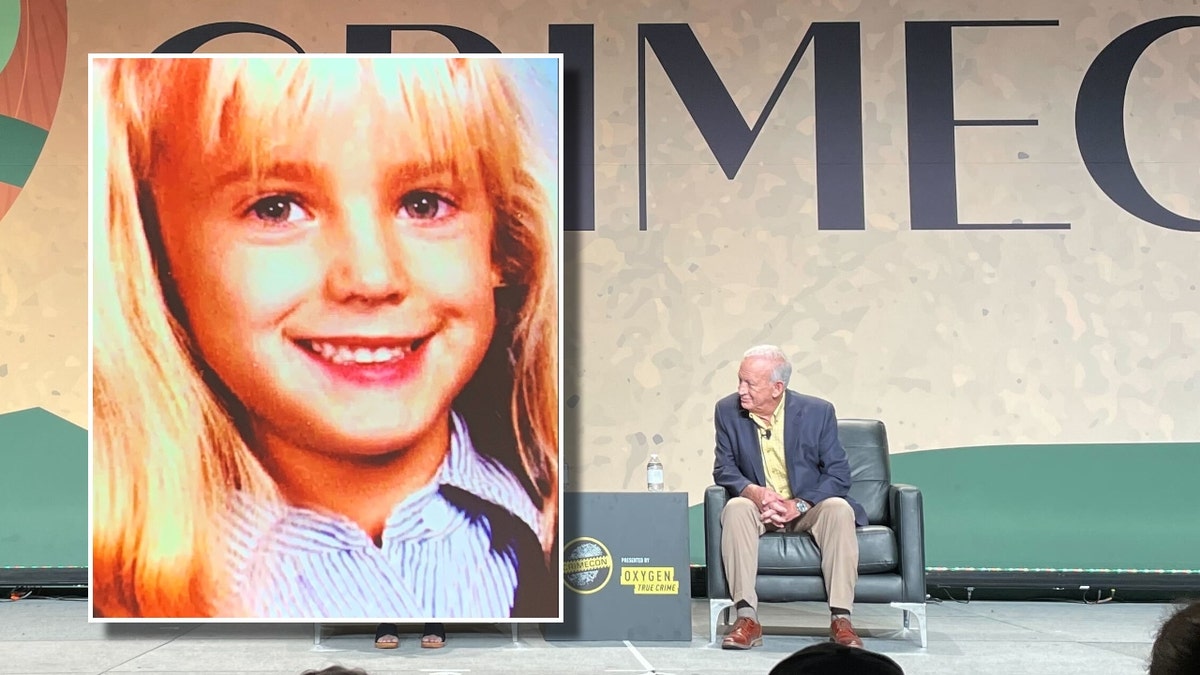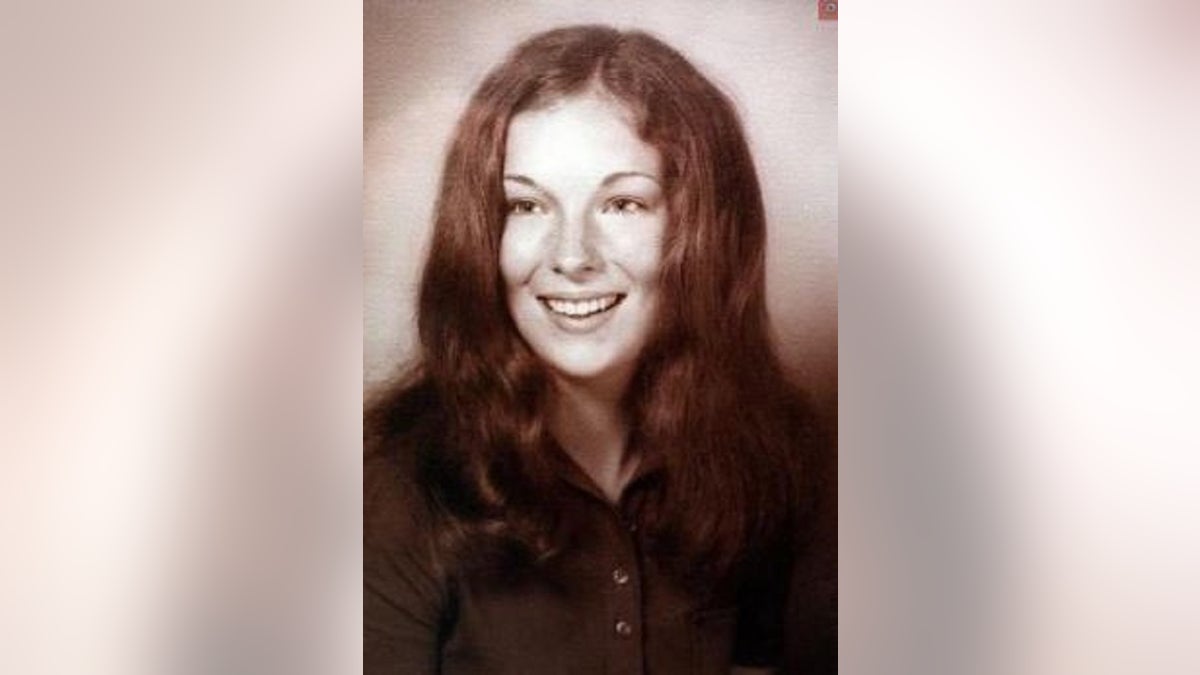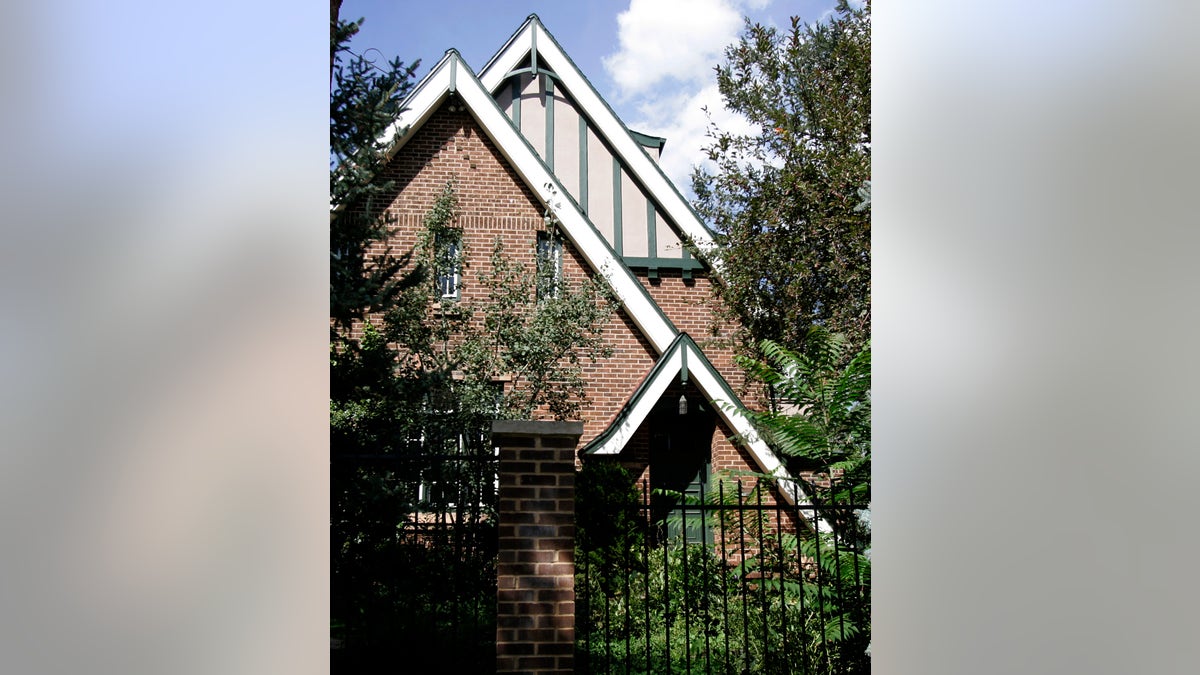DNA expert claims 'cutting edge' technology could solve JonBenet Ramsey cold case murder in hours
Cece Moore, chief genetic genealogist at Parabon, shares the impact the latest technology could have in cracking the case of JonBenet Ramsey's 1996 murder.
Genetic genealogy research is a relatively new field – driven by "citizen scientists" with a passion for cracking unsolved cases and knowledge of how to look at both DNA and public records databases, according to one of the field's leading experts.
CeCe Moore, the chief genetic genealogist at Parabon NanoLabs, wants to bring those techniques to one of the country's most riveting unsolved cases.
In an interview Tuesday, she stood by her remarks that with her techniques, the 1996 JonBenet Ramsey case could be solved within hours – under certain circumstances.
"There are a lot of caveats and conditions as to how that could happen," she told Fox News Digital Tuesday. "It is possible."

June 5, 1996 - Englewood, Colorado, United States: The murder that shocked America: On December 24, 1996, JonBenet Ramsey a child beauty queen was brutally murdered in her home in Boulder, Colorado. (Polaris/Discovery+)
But, she noted, she needs the agency running the investigation to give her permission to assist.
"I can’t do that without access to the DNA," she said. "I would love to be invited to work this case with Boulder."
JonBenet’s father, John Ramsey, told Fox News Digital in April that he believes there is additional DNA-containing evidence in the possession of Boulder police that could help solve the 1996 case.
Moore said she’s had success with samples dating back to the 1960s, and that researchers are adept at peeling away contaminants, including the presence of bacteria or foreign DNA.
"If there is a DNA sample, no matter how small, we would certainly like to give that a try," she said. "But they need to be very, very careful where they send that DNA, and they should really make sure it’s someone with a really good track record."

JonBenet Ramsey, inset, and her father on the stage at CrimeCon 2022 in Las Vegas. (John Ramsey)
In four years as Parabon’s chief genetic genealogist, she said, they have provided scientific tips that helped solve around 225 cases – about one a week.
In the past two weeks, authorities in different states have announced two breakthroughs in cold case investigations involving Parabon. Pennsylvania police arrested David Sinopoli, 68, in connection with the brutal 1975 stabbing death of Lindy Sue Beichler.

Lindy Sue Biechler, 19, was found stabbed to death in her Pennsylvania apartment in 1975. Her suspected killer was arrested last week, authorities said. ( Lancaster County District Attorney’s Office)
The Hernando County Sheriff’s Office in Florida announced last week that Parabon had helped identify Theresa Caroline Fillingim as a teen whose remains were found buried in 1981 along with three other bodies. She had been reported missing a year earlier, when she was 17, but investigators could not identify her for decades.
Moore said she was able to zero-in on Fillingim in just a few hours because the victim had close relatives whose DNA profiles had been uploaded into one of the two small databases she has access to – GEDmatch and FamilyTreeDNA. (The largest ones, 23andMe and Ancestry.com, are not available to her.)
PENNSYLVANIA MAN CHARGED IN 1975 COLD CASE KILLING OF TEENAGE WOMAN
"Theresa was identified through investigative genetic genealogy," Moore said.
A close match in the databases dramatically decreases the time it takes to identify someone through DNA, she said. In Fillingim’s case, Moore found a second cousin.
"I knew that one set of that second cousin’s great-grandparents would also likely be one of Theresa’s sets of great-grandparents," she said.
Another success – she found a set of matches on the other side of Fillingim’s family tree. With matches related to both her mother and father, she was able to narrow it down to her immediate family.
"And then I found her birth certificate in California," Moore said.
In the majority of cases, however, she said she finds matches for far more distant relatives – third, fourth or fifth cousins.
"It might take a matter of hours," she said. "It might take months. It might take years, depending on that particular person’s ancestral background, and if their cousins have uploaded to GEDmatch."

View of the former home of JonBenet Ramsey at 749 15th street in Boulder, Colorado August 22, 2006. (Reuters/Rick Wilking)
GEDmatch is a genealogy database that allows users to upload their results from Ancestry.com, 23andMe or another firm and opt-in to the law enforcement database, Moore explained. The other option for people who wish to upload to aid DNA for genetic genealogy research is called FamilyTreeDNA.
JONBENET RAMSEY'S FATHER CALLS FOR CHILD MURDERS TO BE INVESTIGATED AS FEDERAL OFFENSES
These DNA profiles are much more specific than the government’s CODIS database, she said. CODIS relies on just 13 to 20 genetic markers. Genetic genealogy archives can include 700,000 to 800,000 per profile, she said.
"If someone’s already in CODIS, they won’t need us because they get that direct one-to-one match," Moore said.
But those results are less useful for tracking down relatives.
"There are some states that allow what's called familial searching, and if your first-degree relative is in the database, so your parent, child or full sibling, they can find you that way," she said. "But those profiles don't have the power to find any more distant relatives."
Moore, who said she was initially interested in helping adoptees find their biological families, said people began approaching her looking for help solving criminal cases around 2009 and 2010. More than a decade later, she said, she and Parabon have established "an unrivaled track record."
That track record has attracted attention from JonBenet's family. Her half-brother, John Andrew Ramsey, appealed to Boulder police twice this week on Twitter, asking them to invite Parabon and Moore into the investigation.
CLICK HERE TO GET THE FOX NEWS APP
Moore said Tuesday that it’s possible that Boulder police are working behind the scenes on similar research that doesn’t involve her.
"I’m not involved in it, but that doesn’t mean that they aren’t trying," she said. Police often do not discuss genetic genealogy until a case has been solved, in order to avoid tipping off potential suspects, she said.
Boulder police did not immediately respond to requests for comment.
The Ramsey family is supporting a Change.org petition appealing to Colorado Gov. Jared Polis to intervene in the case and bring in a firm like Parabon to assist with state-of-the-art DNA testing and genetic genealogy techniques.






















